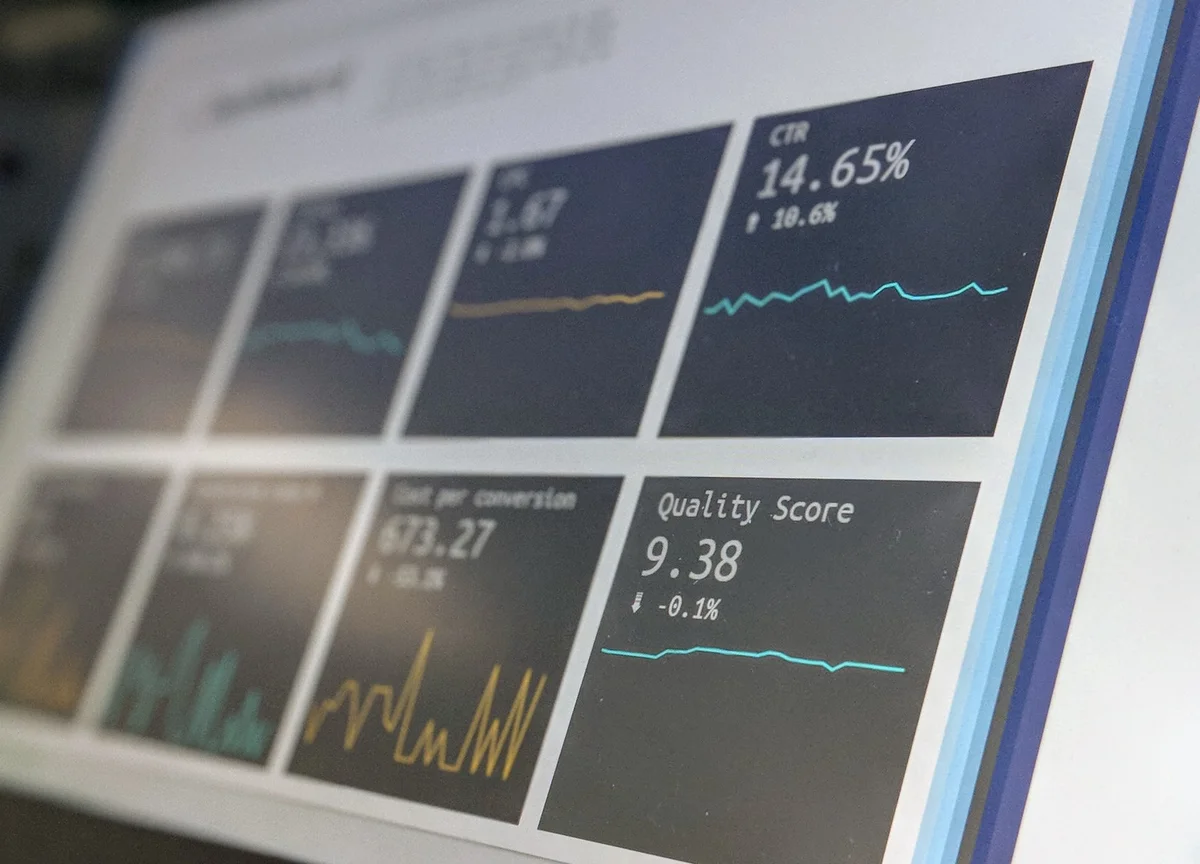What is Java Programming?
An object-oriented programming language designed to have as few implementation dependencies as feasible is the Java programming language. “Write once, run everywhere” (WORA) is a term used to describe the ability for Java code to operate on any platform that supports Java without having to be recompiled.
A Java programme written and compiled on UNIX may then be launched on a Windows, Macintosh or UNIX machine without any changes to the source code. “
WORA is performed by the compilation of a Java programme into bytecode, a middle-level language. Bytecode has a platform-independent format. JVMs are used to run bytecode on each platform, which is a type of virtual machine.
Also Read: 7 Best App & Software for Web Developing
Java Programming Language History
In 1995, Sun Microsystems introduced Java as a fundamental component of its Java platform, developed by James Gosling at Sun Microsystems (which has since been bought by Oracle Corporation). Even though it shares many of the language’s syntaxes with C and C++, this one has fewer low-level features.
Following Oracle’s acquisition of Sun Microsystems on January 27, 2010, the official implementation of the Java SE platform is now owned by Oracle Corporation. In our version, we’ve taken inspiration from Sun’s original Java implementation. Microsoft Windows, Mac OS X, Linux and Solaris all have Oracle implementations.
There are two alternative distributions of the Oracle implementation available:
- Java Runtime Environment (JRE): It is for end-users that the Java Runtime Environment (JRE), which is a subset of the Java SE platform, is provided.
- Java Development Kit (JDK): Developers can use the Java Development Kit (JDK) to build Java applications, including the Java compiler, Javadoc, and a debugger.
Features of the Java programming language.
There are several characteristics in Java. It’s not just Java that has some of these features; they’re also found in other languages.
Object-Oriented
As an object-oriented programming language, Java treats everything as an object. Data and its related functionality are enclosed in an object’s “wrapper.”
All of the key object-oriented concepts are supported in Java, as they are in other object-oriented languages.
Irrespective of the operating system
The Java compiler initially converts the programmes written in Java to bytecode, which can then be executed. Any system with a Java runtime environment may run this bytecode (JRE). It allows Java applications to run on any platform.
This is not the case with C or C++ programmes, which are compiled into OS-specific binaries.
Secure
Almost minimal interaction between the system OS and Java applications occurs during their execution in the Java runtime environment (JRE). In comparison to other programming languages, Java is more secure because of this.
Multithreaded
Java is multithreaded, allowing you to write programmes that can run on numerous threads at once. Everything moves forward by utilising OS threads, which utilise a method called “time-slicing”.
It’s not uncommon for Java applications to offer a login form while simultaneously conducting background tasks.
High-performance
As interpreted languages go, Java isn’t going to have the same speed as C or C++, which are compiled languages. However, the just-in-time compiler of Java makes it possible to run programmes quickly.
OS Architecture-neutral
In 32-bit architecture, the int data type takes up two bytes of memory; in 64-bit architecture, it takes up four bytes. For both 32-bit and 64-bit Java, it takes up just 4 bytes of RAM.
Integrated Garbage Disposal
To manage memory during the object lifecycle, Java relies on an automated garbage collector to do so. Objects are created by the programmer, and the Java runtime is responsible for freeing up the memory when they are no longer needed. The garbage collector can automatically release memory that is no longer referenced by an item.
Programmers’ code may still retain references to things that are no longer needed, which might result in a “memory leak” if they are still kept in containers that are still in use. A “NullPointerException” is thrown if methods for a nonexistent object are invoked.
Garbage pick-up can happen at any time, including on holidays. In a perfect world, it should happen while the software is inactive. Insufficient heap memory can cause a programme to temporarily halt if this condition is not met, as it is certain to occur. Java does not allow for the explicit management of memory.
Hello World Program in Java
public class Application
{
public static void main(String[] args)
{
System.out.println("Hello World!"); // Prints Hello World! to the console.
}
}- The suffix.java must be appended to the name of the public class in Java source files, such as Application.java.
- Using a Java compiler, Application.class is generated, which is then loaded into the Java virtual machine. Execution or ‘launch’ can only take place once it has been completed.
- In the Java source file, there can only be one public class, but there can be any number of public inner classes.
- It is best to name the source file with the public class name if there are numerous classes in it.




